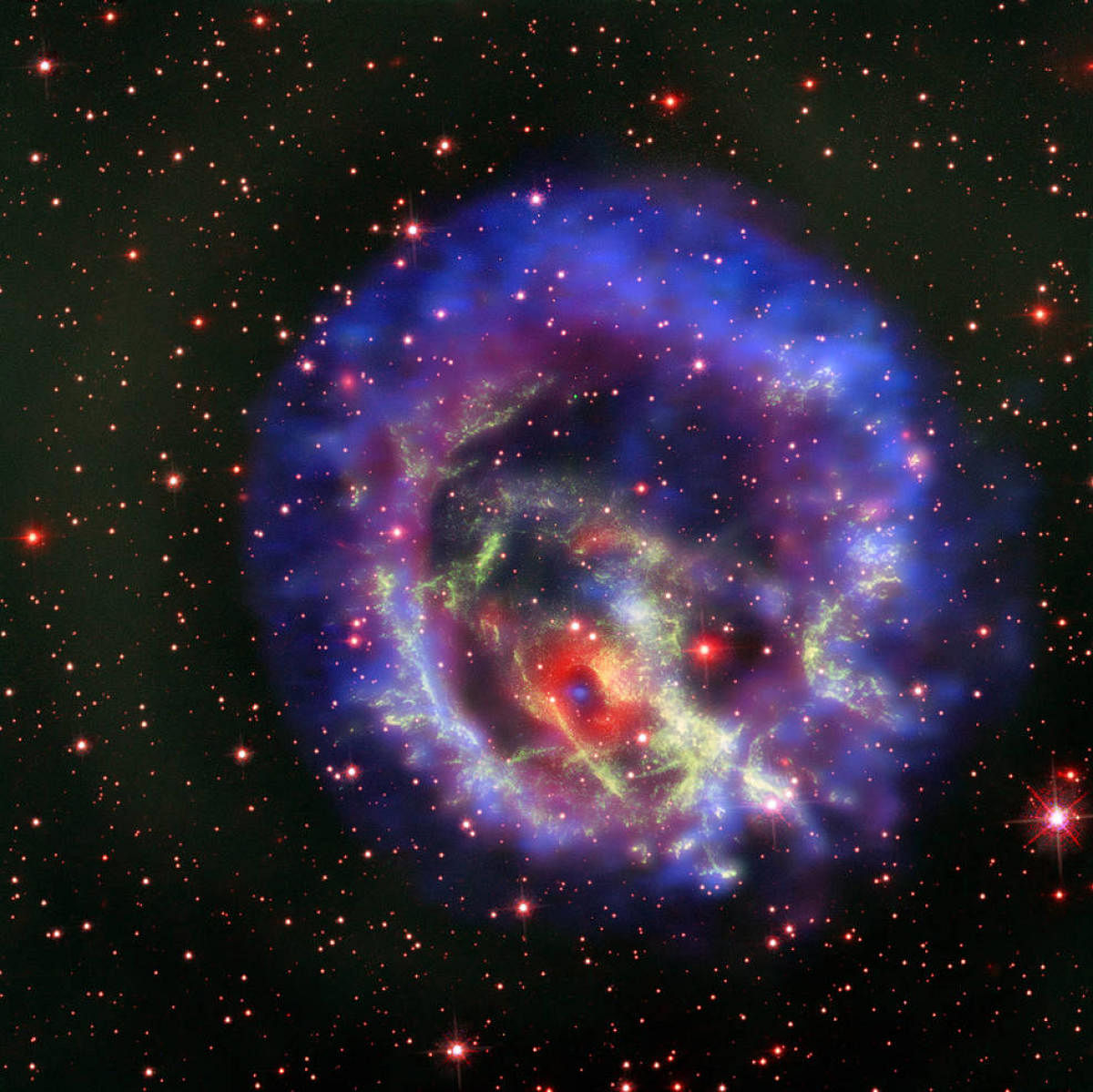
An overlooked star explosion far away in space may have given the Earth the gift of precious heavy elements such as gold and platinum, a study claims.
The research from the University of Guelph in Canada and Columbia University in the US overturns our understanding of how heavy elements appeared on our planet.
According to the research published in the journal Nature, some 80 per cent of the heavy elements in the universe likely formed in collapsars.
Collapsars are a rare but heavy element-rich form of a supernova explosion from the gravitational collapse of old, massive stars typically 30 times as weighty as our Sun.
Using supercomputers, the researchers simulated the dynamics of collapsars or old stars whose gravity causes them to implode and form black holes.
Under their model, massive, rapidly spinning collapsars eject heavy elements whose amounts and distribution are "astonishingly similar to what we observe in our solar system," said Daniel Siegel, from the University of Guelph.
Most of the elements found in nature were created in nuclear reactions in stars and ultimately expelled in huge stellar explosions.
Heavy elements found on Earth and elsewhere in the universe from long-ago explosions range from gold and platinum to uranium and plutonium used in nuclear reactors, to more exotic chemical elements such as neodymium found in consumer items such as electronics.
Until now, scientists thought that these elements were cooked up mostly in stellar smashups involving neutron stars or black holes, as in a collision of two neutron stars observed by Earth-bound detectors that made headlines in 2017.
The team began working to understand the physics of that merger before their simulations pointed toward collapsars as a heavy element birth chamber.
"Our research on neutron star mergers has led us to believe that the birth of black holes in a very different type of stellar explosion might produce even more gold than neutron star mergers," said Siegel.
What collapsars lack in frequency, they make up for in generation of heavy elements, said Siegel. Collapsars also produce intense flashes of gamma rays.
"Eighty per cent of these heavy elements we see should come from collapsars," said Siegel.
"Collapsars are fairly rare in occurrences of supernovae, even more rare than neutron star mergers -- but the amount of material that they eject into space is much higher than that from neutron star mergers," he said.
The team now hopes to see its theoretical model validated by observations.
Siegel said this research may yield clues about how our galaxy began.